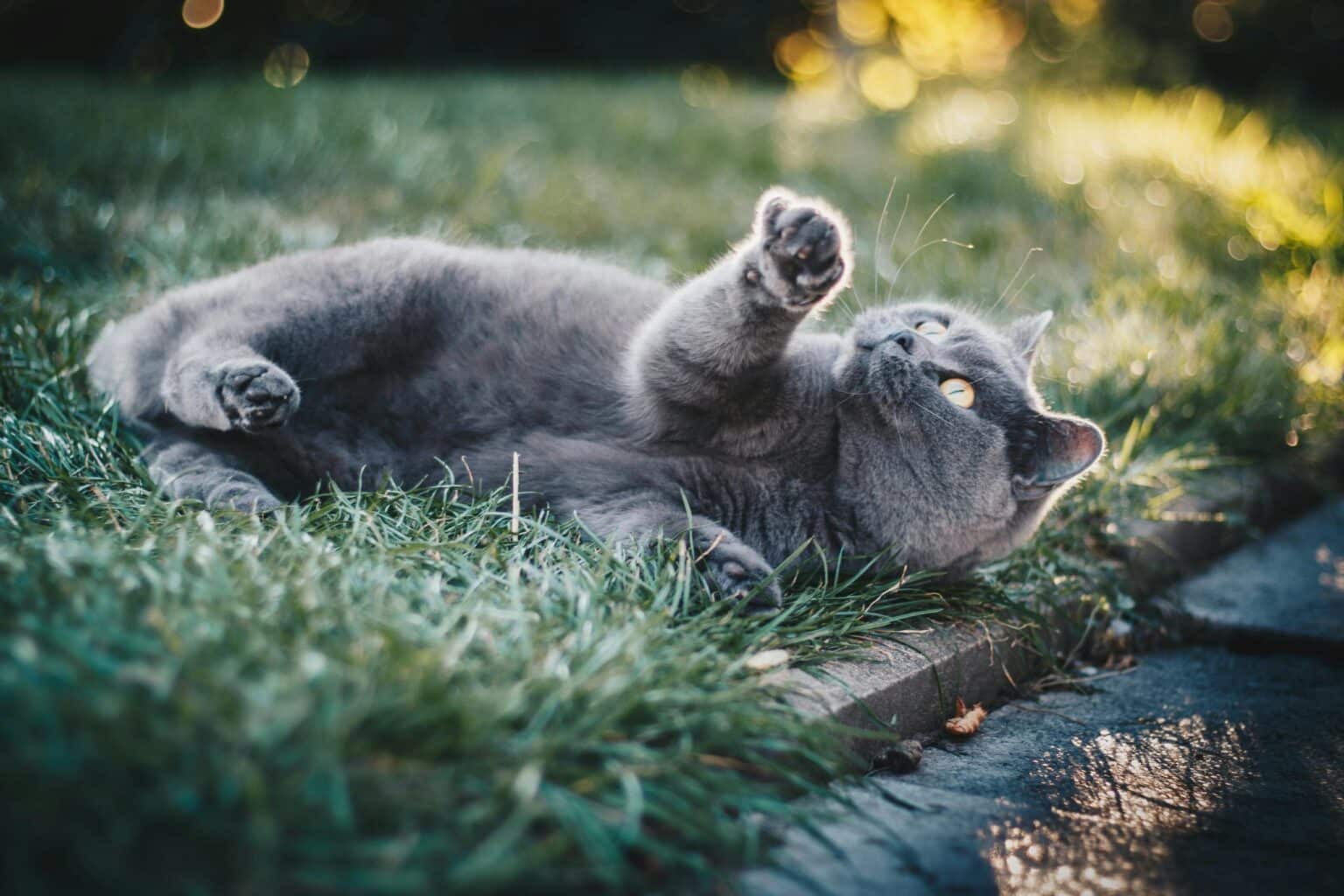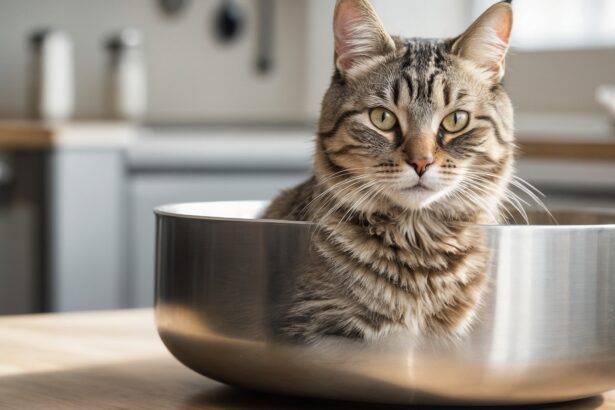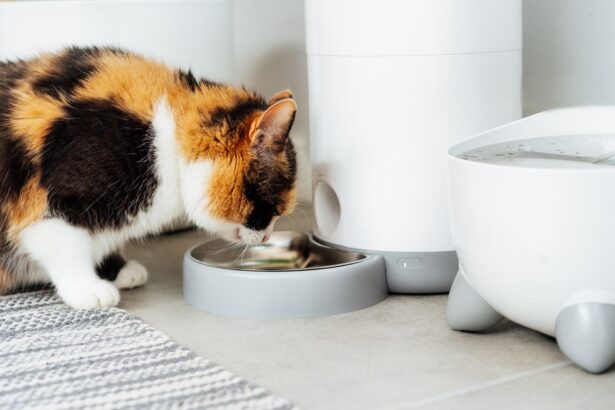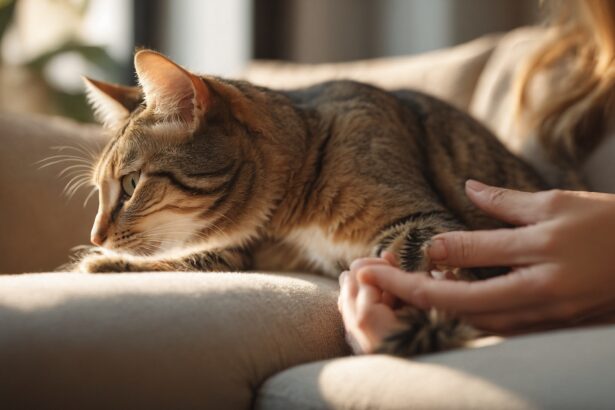Settle in with a cuppa: we’re opening the velvet curtain on the British Shorthair, that plush, teddy-bear cat with a gaze that melts hearts and a calm that soothes any home. Ready to decode their charm, care, and quirky habits?
- History and origins: from farm cat to feline icon
- What makes the British Shorthair special
- Choosing and welcoming your British
- Temperament and everyday life
- Reading their body language
- Nutrition done right
- Grooming and health: plush but practical
- Play, enrichment, and home harmony
- Living with a British Shorthair in 2024
- FAQ
History and origins: from farm cat to feline icon
The British Shorthair, often simply called the British cat, likely traces its roots to working cats of Britain, with early influences from Roman-era felines. Over time, selective breeding shaped the round cheeks, dense coat, and dignified look we adore today.
Curious about the breed’s classic standards and varieties? You’ll find a helpful overview on the British Shorthair page.
Fun tidbit: It’s widely believed this breed inspired the smiling Cheshire Cat. That enigmatic grin does feel familiar, doesn’t it?
What makes the British Shorthair special
- Looks: A sturdy, rounded silhouette, plush “crisp” coat, and big, expressive eyes (often copper in the classic blue variety).
- Personality: Calm, affectionate on their terms, and beautifully independent—perfect for homes that love quiet company over constant cuddles.
- Voice: Gentle and soft. They tend to “ask politely” rather than shout.
- Surprising fact: British Shorthairs mature slowly. Many reach full physical and mental maturity around 3–5 years, so that dignified poise truly blossoms with time.
Choosing and welcoming your British
Pick a cattery that prioritizes temperament and health over fashion colors. Meet the parents if possible, and ask about socialization and health screening.
Need a hand selecting the right breeder and paperwork? See our tips for choosing a responsible pedigree cat before you fall for those chubby cheeks.
Common mistake to avoid: Choosing purely by coat color. Temperament and breeder ethics are far more important for lifelong harmony.
Temperament and everyday life
These cats enjoy being near you, not necessarily on you. They’re affectionate companions who often prefer paws on the floor and a plush bed nearby to a lap marathon.
They play in short, thoughtful bursts—think puzzle toys and gentle wand sessions—then switch back to relaxed, regal observation. Children usually adore their patience.
To avoid: Carrying them around too much. Many British Shorthairs would rather sit beside you than be held for long. Respecting that boundary deepens trust.
Reading their body language
That upright tail with a soft curl at the tip? Think “happy to see you.” Ears angling sideways or tail tucked low can signal stress or uncertainty—offer space and quiet.
Watch the whiskers and eyes: forward whiskers and slow blinks are social green lights. A swishing tail often means “I’m done now,” especially during play or petting.
Want to go deeper into tail talk? Our guide to cat tail language helps you decode those subtle signals.
Nutrition done right
British cats are obligate carnivores. Prioritize protein-rich meals with quality meat sources. Many thrive on a mix of wet and dry, with portion control to keep that plush figure healthy rather than hefty.
- Smart bowl setup: Use a shallow, whisker-friendly dish and place water a little away from food to encourage drinking.
- Safe extras: Small amounts of lean meat, and cooked veggies like pumpkin or green beans if your cat enjoys them.
- Never feed: Chocolate, caffeine, onions, garlic, alcohol, or xylitol—these are toxic to cats.
Curious about macro balance and label decoding? Here’s what cats should really eat to stay sleek and satisfied.
Original pro tip: Stir a teaspoon of warm water into wet food and serve on a chilled ceramic plate—many British Shorthairs love the aroma lift and cool surface, which can gently boost hydration.
Grooming and health: plush but practical
That dense coat needs a weekly brush (more during seasonal sheds). A rubber curry brush or slicker removes undercoat without irritating the skin.
- Quick routine: 5–10 minutes of brushing, a weekly tooth wipe or brush, and regular nail trims.
- Seasonal note: During spring/fall, brush every other day to manage shedding and hairballs.
- Vet chat: Ask about screening for hereditary heart issues (like HCM) that can affect many breeds, and keep vaccines and parasite control up to date.
For tools, techniques, and a calm spa-at-home vibe, explore our cat grooming guide.
Play, enrichment, and home harmony
Short play sessions twice a day beat a single, long workout. Rotate toys to keep interest high, and set up cozy viewing spots to watch “Cat TV” (birds and leaves count).
Evening trick: A small portion served in a puzzle feeder before bedtime helps curb dawn wake-up calls by occupying mind and tummy.
Another pitfall: Free-feeding calorie-dense kibble. British Shorthairs are easy keepers—measured meals maintain a healthy waist and comfortable joints.
Living with a British Shorthair in 2024
Think of them as the elegant friend who never overstays her welcome—present, poised, and wonderfully comforting. Offer gentle play, a predictable routine, and respectful affection, and you’ll have a serene shadow wherever you go.
If you’re charmed by calm, steady cats, you might also enjoy our overview of the calmest cat breeds for peaceful homes.
FAQ
Are British Shorthairs good first cats?
Yes. Their calm, undemanding nature suits many households, including families and busy professionals. Provide playtime and routine, and they settle beautifully.
Do British Shorthairs like to cuddle?
They enjoy closeness, but often prefer sitting beside you to being in-arms. Let them choose the moment—slow blinks and a gentle head-bump are your green light.
How big does a British Shorthair get?
They’re medium to large, with solid bone and muscle. Many reach full maturity between 3–5 years, which is later than most breeds.
How often should I brush a British Shorthair?
Once a week is ideal for upkeep; increase to every other day during shedding seasons to reduce hairballs and keep the coat plush and neat.







